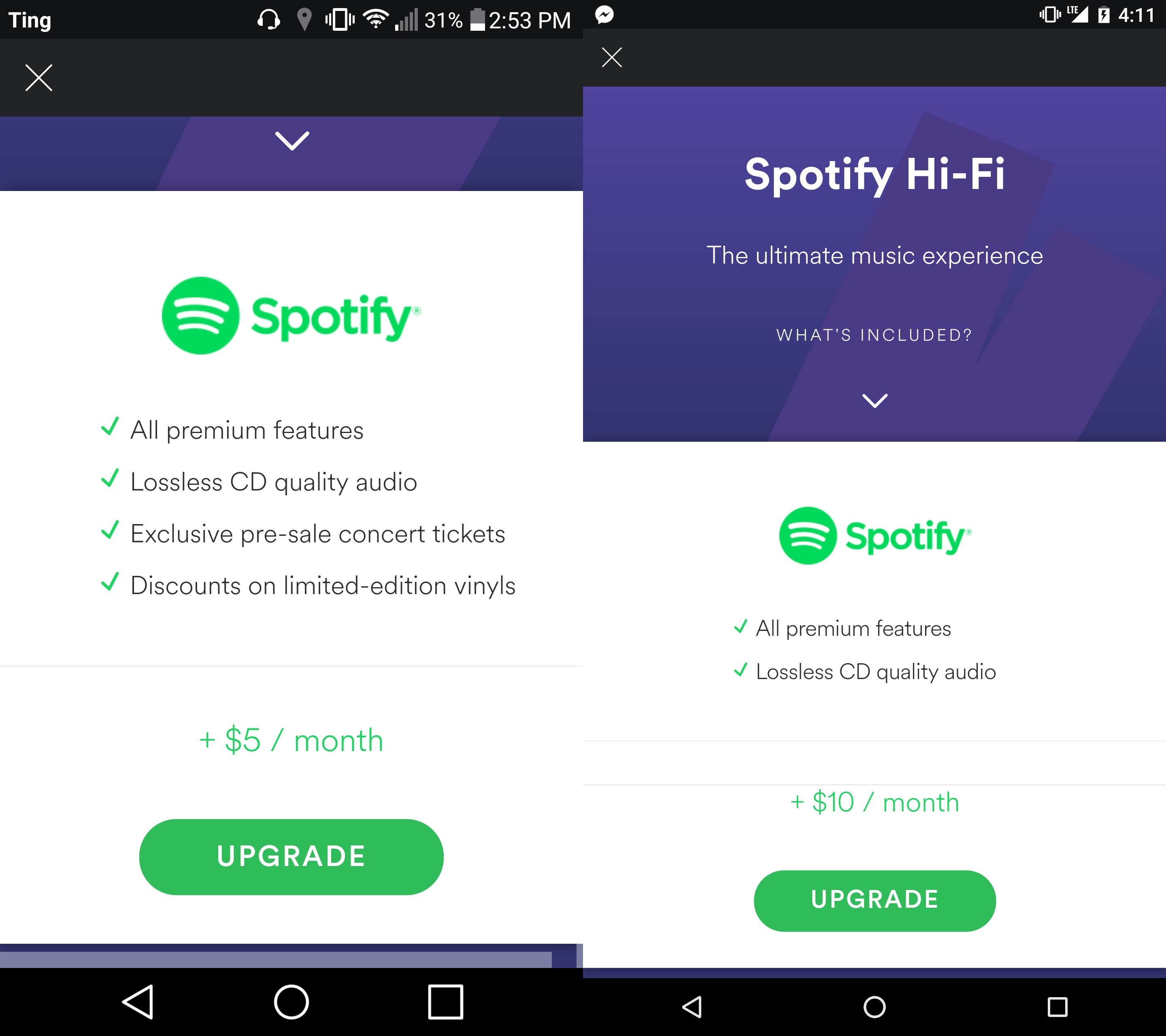

"Your Dream Dinner Party" allows you to select three artists you'd like to share a meal with, offering a rather interesting mix of styles (and probably personalities). There's "Your Audio Birth Chart" that covers the artist you listened to most over the last six months, the artist that "best shows your emotional or vulnerable side" and an artist you've only recently discovered. The feature also offers insight into music from specific years you stream often, the music or podcast you listen to frequently at a specific time of day, your unique mix of genres/topics and more. Only You begins with a unique artist pairing, so for me it highlighted how I might jump from Eric Church to Pet Shop Boys. Like the 2020 installment of Wrapped, Only You is a shareable story-driven setup that allows you to watch the various aspects of your streaming behavior like you would daily updates at the top of your Instagram feed. Where the end-of-year Wrapped feature can tell you your top artists and songs, the company explains that Only You offers details on how you listen - and what makes your combinations different from anyone else.

Today, Spotify revealed its latest iteration called Only You. Whether its a road trip mix or your most-streamed tunes of the year, the company is constantly coming up with new ways to put your behavior to work on something new. import regularly produces "experiences" that offer insight into your streaming habit, usually leaving you with new playlists to fit your audio preferences. It’s also a lot more concise and readable compare to the Beam Java version. Here’s the ubiquitous word count example in Scio, which looks almost identical in Spark and is very similar in Scalding.

We drew most of our inspiration for the API from Scalding and Spark, two libraries that we already use heavily at Spotfiy. It was designed as a thin wrapper on top of Beam’s Java SDK, while offering an easy way to build data pipelines in idiomatic Scala style. Scio is a Scala API for Apache Beam and Google Cloud Dataflow.

In this part we’ll take a closer look at Scio, including basic concepts, its unique features, and concrete use cases here at Spotify.


 0 kommentar(er)
0 kommentar(er)
